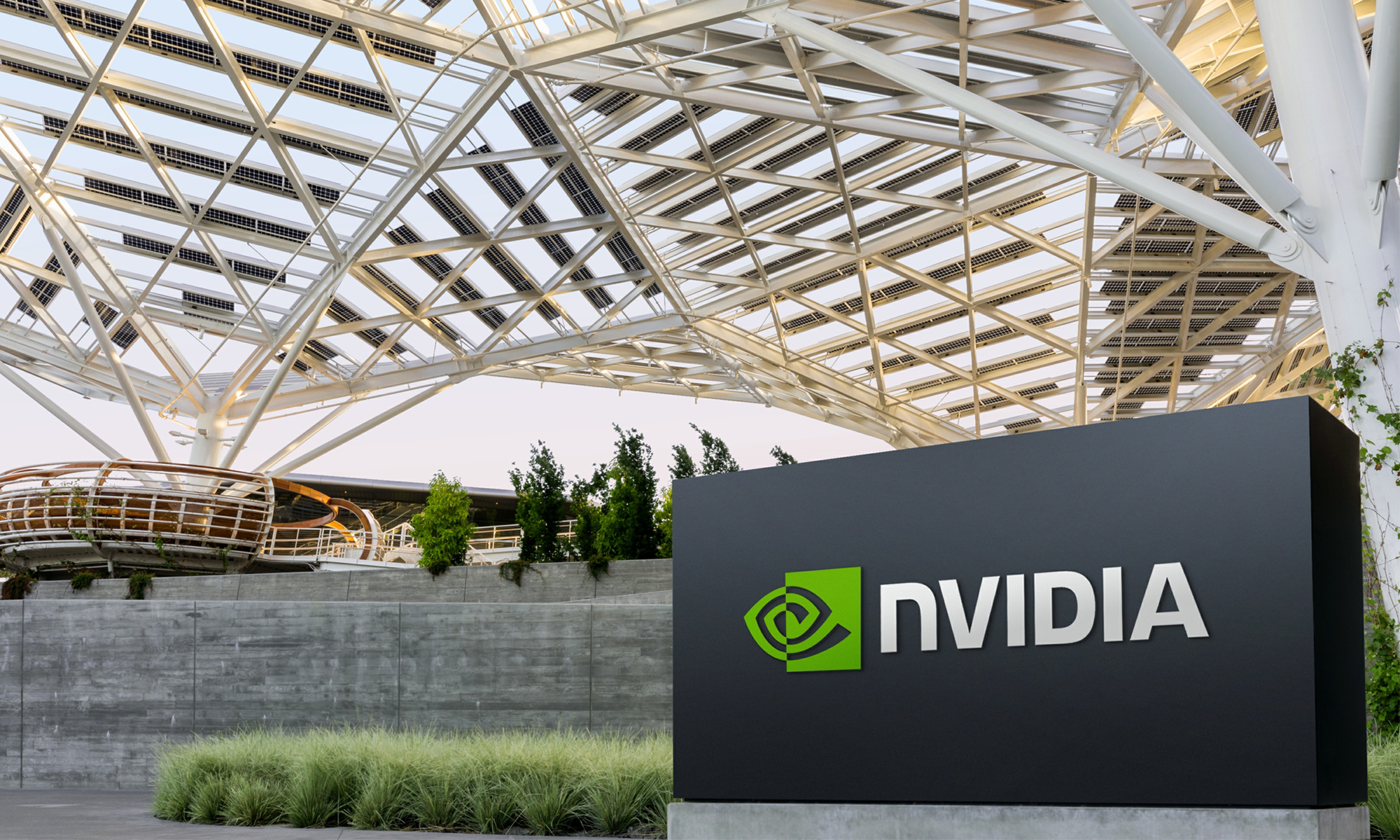
In the annals of corporate history, few companies have ascended as rapidly as Nvidia (NVDA). Its GPUs, once mere tools for rendering pixelated landscapes, now power the engines of artificial intelligence. The company’s market capitalization has outpaced even the most ambitious forecasts, a testament to the transformative potential of its technology. Yet beneath the surface of this meteoric rise lies a question that every investor must confront: Is this ascent sustainable, or is it the prelude to a reckoning?
The past two years have seen Nvidia’s stock surge by 1,150%, a performance that has left many investors breathless and wary. The allure of AI-its promise to revolutionize industries from healthcare to finance-is undeniable. But the road ahead is strewn with uncertainties. What does this mean for those who hold Nvidia’s shares, and what might the future hold for this once-obscure semiconductor maker?
To answer these questions, we must look not at speculation, but at the cold arithmetic of markets and margins.
From Pixels to Possibilities
The GPU, originally designed to render video games, is a marvel of parallel processing. By breaking complex tasks into smaller units, it achieves speeds unattainable by traditional CPUs. Nvidia’s ingenuity lay in recognizing that this power extended far beyond gaming. Machine learning, cryptocurrency, and autonomous vehicles all became beneficiaries of this computational alchemy. Yet the true pivot point was the data center-a realm where demand for AI processing is growing at a pace that defies conventional economic logic.
Consider the spending habits of tech giants. Microsoft, Meta, Alphabet, and Amazon have committed $454 billion to capital expenditures in 2026 alone, a 26% increase from previous years. Most of this will fund their AI ambitions. With a 92% share of the data center GPU market, Nvidia is positioned to capture the lion’s share of this spending. CEO Jensen Huang’s assertion that the company will secure 58% of infrastructure spending-when including semiconductors and accelerators-suggests a dominance that rivals may struggle to challenge.
If data center spending reaches $3 trillion by 2030, as Huang predicts, Nvidia could generate $750 billion annually in data center revenue. At a forward P/S ratio of 21, this would imply a stock price of $663 per share, pushing the company’s market cap toward $16.2 trillion. But such numbers, while mathematically sound, require a suspension of disbelief. Can any company sustain such growth? Or are we witnessing the birth of a speculative bubble?
The Arithmetic of Ambition
Competition is inevitable. Rivals like AMD and Intel are closing the gap, and the race for AI supremacy is intensifying. Yet even in a crowded field, Nvidia’s lead remains formidable. Its ecosystem of developers, tools, and partnerships creates a moat that is difficult to breach. For now, the market seems to agree: Nvidia trades at 29 times next year’s earnings, a premium that reflects both its current dominance and the scale of its ambitions.
But let us not confuse growth with safety. A 263% projected increase in stock price assumes that nothing goes wrong. That customers do not defect. That AI does not falter. That the global economy does not contract. These are not unreasonable assumptions, but they are not guarantees. The future is a ledger of probabilities, not certainties.
The Unspoken Risks
Every investor must weigh the risks against the rewards. Nvidia’s valuation is built on the premise that AI will deliver on its promises. If it fails to do so-if the “efficiency improvements” prove elusive or the cost of adoption outweighs the benefits-then the current trajectory will crumble. Moreover, regulatory scrutiny, supply chain disruptions, and geopolitical tensions could all act as headwinds.
Yet for all these caveats, one fact remains: Nvidia is the de facto standard in AI processing. Its GPUs are the tools of choice for enterprises and developers alike. Even if the company’s estimates are overly optimistic, the direction of travel is clear. The runway for growth is long, and the market is willing to pay a premium for that certainty.
In the end, investing is not about avoiding risk, but about managing it. Nvidia offers a compelling case for the future, but it demands vigilance. The numbers may be seductive, but the reality is more complex. Let us not be blinded by the glow of a rising stock price. The truth, as always, lies in the details. 📈
Read More
- Deepfake Drama Alert: Crypto’s New Nemesis Is Your AI Twin! 🧠💸
- Can the Stock Market Defy Logic and Achieve a Third Consecutive 20% Gain?
- Dogecoin’s Big Yawn: Musk’s X Money Launch Leaves Market Unimpressed 🐕💸
- Bitcoin’s Ballet: Will the Bull Pirouette or Stumble? 💃🐂
- SentinelOne’s Sisyphean Siege: A Study in Cybersecurity Hubris
- Binance’s $5M Bounty: Snitch or Be Scammed! 😈💰
- LINK’s Tumble: A Tale of Woe, Wraiths, and Wrapped Assets 🌉💸
- ‘Wake Up Dead Man: A Knives Out Mystery’ Is on Top of Netflix’s Most-Watched Movies of the Week List
- Yearn Finance’s Fourth DeFi Disaster: When Will the Drama End? 💥
- Ethereum’s Fusaka: A Leap into the Abyss of Scaling!
2025-10-19 10:03